Understanding PCI Compliance: The Basics
So, let’s talk about PCI compliance. Have you ever wondered how small businesses make sure the credit card information you provide is secure? Well, that’s where PCI compliance comes in! It’s basically a fancy way of saying they have to follow some rules to keep your credit card data safe.
But what exactly are these rules? Well, PCI compliance is a set of security standards. These standards make sure that small businesses do four important things: transmit, store, process, and accept credit card information in a secure environment. That way, your credit card data and online transactions stay protected.
Now, you might be wondering how they do all of this. One way is by using a secure network with firewalls. Think of firewalls as a protective barrier that keeps unauthorized people out. They make sure that only the right people can access your cardholder data.
But that’s not all! They also use something called encryption protocols. These protocols make sure that the data sent over the network is scrambled up in a way that only authorized people can understand. It’s like a secret code!
And to make things even more secure, they have security measures like passwords and unique IDs. You know, like the secret password you use to unlock your phone or the special username you have for your favorite online game. These measures add an extra layer of protection to make sure your credit card data stays safe.
All in all, PCI compliance is pretty important. It helps keep your credit card transactions safe and gives you peace of mind knowing that your information is being handled securely.
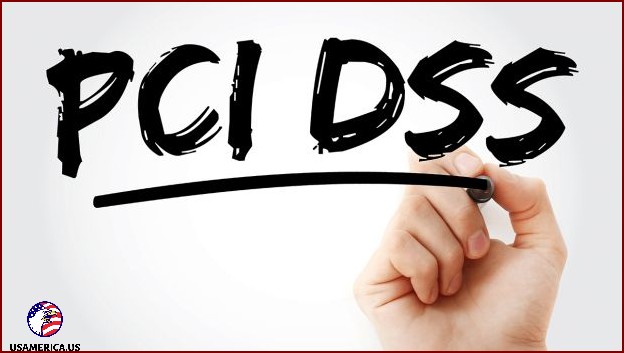
Contents
- 1 The Cost of Meeting PCI Compliance
- 2 The Important Role of the PCI Security Standards Council
- 2.1 The Evolution of PCI DSS Compliance Standards: What You Need to Know
- 2.1.1 Enhanced Security: Protecting What Matters Most
- 2.1.2 Avoidance of Fines: Keeping Your Finances in Check
- 2.1.3 Market Reputation: Building a Strong Brand
- 2.1.4 Legal Protection: Minimizing Risks
- 2.1.5 Streamlined Processes: Simplicity is Key
- 2.1.6 Global Acceptance: Expanding Your Horizons
- 2.1.7 Risk Management: Staying One Step Ahead
- 2.1.8 Employee Awareness: Everyone Plays a Role
- 2.1.9 Future-proofing Business: Ready for Anything
- 2.1 The Evolution of PCI DSS Compliance Standards: What You Need to Know
- 3 Getting Your PCI Compliance Certification
- 4 What Happens If We Don’t Follow the PCI Standards
- 5 How to Keep Your Business PCI Compliant
- 6 Real-Life Examples: How to Achieve PCI Compliance
- 7 The Importance of PCI Compliance
- 8 Frequently Asked Questions
- 9 What does PCI Compliance mean?
Why PCI DSS Compliance Matters in Business
Did you know that keeping credit card data secure is really important? It’s true! My job is to make sure that when you use your credit card, your information is kept safe. That’s why I follow something called the Payment Card Industry Data Security Standard (PCI DSS) compliance. When we follow these rules, we make sure to protect your sensitive information and keep your trust. But if we don’t, we could get into trouble and face big fines and legal actions.
You see, PCI DSS is a set of requirements that everyone in the credit card business has to follow. It’s like a global rulebook for keeping your information safe. These requirements help small businesses like mine store, process, and handle your payment card data securely.
The 12 Rules for PCI DSS Compliance
- I have to use firewalls to protect your data. This is super important!
Encryption is a must! It keeps your sensitive cardholder data safe when it’s sent over public networks like the internet. So, imagine your data is wrapped up in a special code that only the intended recipient can unlock. That’s encryption!
But that’s not all. You need to take care of your antivirus software too. Keep it updated and well-maintained! Why, you ask? Well, think of antivirus software as a shield against harmful viruses and malicious software. By regularly updating and maintaining it, you strengthen that shield and keep your computer safe.
Now, let’s talk about authentication. It’s all about making sure only the right people have access to your sensitive data. How? Well, unique IDs are a great way to do it! Just imagine each person having their own special passcode to enter. That’s how you keep the bad guys out, my friend.
Next up is network monitoring. It’s like having a security guard keeping an eye on your building 24/7. By constantly monitoring network access, you can spot any unusual activity and act fast to protect your data.
Speaking of protection, finding vulnerabilities in your software and applications is crucial. It’s like having a detective searching for clues to catch the bad guys. So, make it a habit to regularly check for any weaknesses and fix them pronto!
Restricting access is another important step. Just like locking your front door, you need to limit who can get their hands on cardholder data. By doing this, you minimize the chances of unauthorized access and keep your information secure.
Every person who has access to a computer needs their own unique login. It’s like having your own personal key to open your front door. By making sure each person has their own ID, you can track who did what, and weed out any potential troublemakers.
But what about the physical world? Well, video surveillance and physical locks are your best friends here. They help restrict physical access to cardholder data. It’s like having a bouncer at the door, making sure only authorized people can come in!
We need to be vigilant at all times. So, let’s not forget about scanning our networks and systems for vulnerabilities, and testing for any potential weaknesses. By doing this on a regular basis, we can squash any bugs or holes before they cause trouble!
Lastly, keep your software and security systems up to date. It’s like getting the latest superhero costume with all the cool gadgets. Those updates and patches? They’re like superpowers that keep your data safe from the latest threats.
When it comes to keeping our information safe and secure, there are a few important steps we can take. The first step is to develop security policies and procedures. These policies act as a guide for how we should handle our information and protect it from any potential threats.
To start, I will gather all the necessary information and put together these policies. I’ll outline what types of information need to be protected and the best practices for doing so. This way, everyone in the company will know what is expected of them when it comes to keeping our information secure.
Once the policies are in place, the next step is to educate all employees on these policies and procedures. This is a crucial step, as everyone in the company plays a role in maintaining the security of our information. I will make sure that everyone understands the importance of following these guidelines and the consequences of not doing so.
In addition to educating employees, I will also provide training on specific security measures. This may include teaching them how to create strong passwords, recognize phishing attempts, and securely share information. By providing this training, I am equipping everyone with the knowledge and skills they need to protect our valuable information.
Overall, by putting together security policies and procedures and educating employees, we can create a culture of security within our company. Everyone will be aware of the best practices for keeping our information safe and will actively work towards maintaining its security. This way, we can minimize the risks and ensure that our information remains protected.
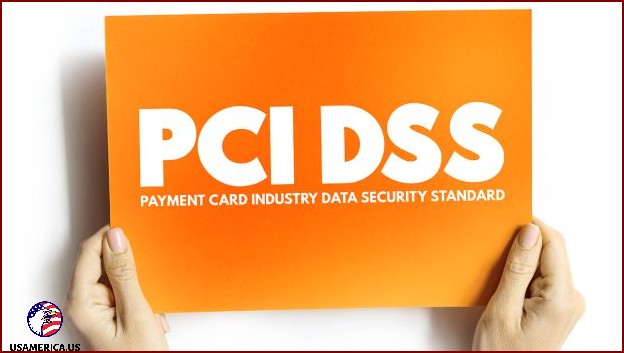
The Cost of Meeting PCI Compliance
- When it comes to meeting PCI compliance, there are certain costs to consider. You have the option to hire a Qualified Security Advisor (QSA) to conduct assessments and identify any gaps in security, or you can do the analysis yourself.
- Aside from the assessment, there are additional expenses to ensure your business meets the necessary security requirements. This includes investing in data encryption solutions, making changes to your firewall configurations, and upgrading your software.
- Moreover, you will also need to factor in the cost of encryption software, critical management solutions, and hardware security modules to further enhance your security measures.
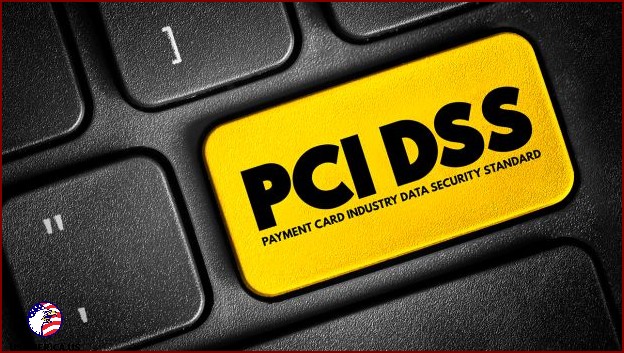
How to Keep Your Stored Cardholder Data Safe
When it comes to protecting your stored cardholder data, there are some important requirements to follow. Let me break them down for you:
- Secure Data Transmission: We use robust protocols like TLS/SSL to ensure that your data is protected while it’s being transmitted across networks.
- Encryption Locations: To keep your cardholder data safe even when it’s not being used, we utilize strong databases and files that act as encryption locations.
- Limiting Access: We have good control policies in place to limit access to cardholder data to authorized personnel. This includes implementing biometric authentication and other multi-factor options. We also use token-based access as another valid way to boost security.
By following these requirements, we ensure that your stored cardholder data is kept secure at all times. Your protection is our top priority!
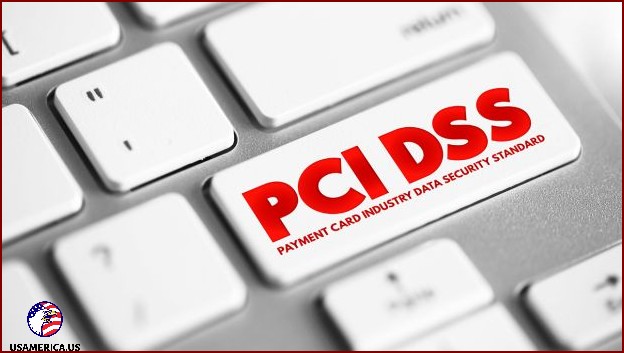
The Important Role of the PCI Security Standards Council
Did you know that the PCI Security Standards Council plays a super important role in creating the rules and guidelines for PCI DSS? It’s true! They work hard to make sure that everyone involved in the payment card industry follows these important standards.
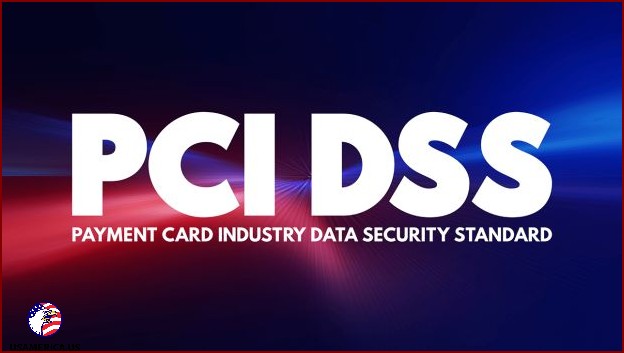
The Evolution of PCI DSS Compliance Standards: What You Need to Know
I want to talk to you about the ever-changing world of PCI DSS compliance standards. It’s important stuff, but I promise to make it easy to understand.
- First things first, let’s talk about the requirements. They’ve become more robust over time. Now, they include things like regular security testing, multi-factor authentication, and even stronger encryption standards.
- But here’s the kicker: the standards are always being updated. Why? Well, the cyber security threats we face are constantly evolving. That’s why the latest update, version 4.0, tackles these new risks head-on.
Now, let’s dive into why all of this matters to you. One key aspect of PCI DSS compliance is how you manage third-party vendors that handle cardholder data. It’s a big deal, trust me.
But what’s in it for you? Let’s break it down:
Enhanced Security: Protecting What Matters Most
When you’re PCI DSS compliant, you’re taking major steps to protect sensitive cardholder data. That means you’re reducing the risk of data breaches and fraud. It’s like building a fortress to keep the bad guys out and your customers’ information safe.
This level of security also creates a solid foundation for handling customer information, ensuring that your customers can trust you with their data. When they feel secure making transactions with you, that leads to increased trust, loyalty, and repeat business. And who doesn’t want that?
Avoidance of Fines: Keeping Your Finances in Check
Here’s another good reason to stay compliant: by doing so, you prevent penalties and hefty fines. Trust me, those fines can be a real pain, especially for small businesses. By staying on top of PCI DSS compliance, you’re maintaining financial stability and avoiding legal complications that could arise from non-compliance. It’s a win-win.
Market Reputation: Building a Strong Brand
Being compliant with PCI DSS standards shows that your business is serious about security. It’s a way to build trust among your clients and customers. When people know you’re committed to keeping their data safe, your reputation in the market improves. This can even give you a competitive advantage, making your brand stand out from the crowd.
Legal Protection: Minimizing Risks
Data breaches can lead to all sorts of legal troubles. But by following PCI DSS compliance standards, you’re reducing the legal risks associated with such breaches. Compliance shows that you adhere to industry standards, which can limit potential legal actions and liability in case of a breach. It’s a proactive step towards protecting your business.
Streamlined Processes: Simplicity is Key
Implementing standardized processes is not only a requirement for compliance, but it also makes your payment processing and data handling simpler. It improves your operational efficiency and reduces errors. Who doesn’t like that?
Global Acceptance: Expanding Your Horizons
If you’re looking to do business globally, PCI DSS compliance can work in your favor. Compliance is recognized internationally, making it easier to expand your reach and form partnerships with businesses around the world. Talk about opening up new doors!
Risk Management: Staying One Step Ahead
By staying compliant, you’re not only meeting the standards laid out by PCI DSS, but you’re also actively identifying and managing risks. Regular assessments to ensure compliance can highlight any security vulnerabilities, allowing you to take proactive steps to strengthen your security measures. It’s all about staying ahead of the game and keeping your business safe.
Employee Awareness: Everyone Plays a Role
When it comes to security, everyone in your business needs to be on board. PCI DSS compliance requires training and policies that educate your staff on best practices. This not only increases security awareness among employees but also cultivates a culture of security and vigilance. Everyone plays a crucial role in keeping your business secure.
Future-proofing Business: Ready for Anything
Technology is always advancing, and so are the security requirements. By staying compliant with PCI DSS, you’re preparing your business for future security needs. This ensures that you’re up to date with evolving security standards, keeping your business compliant and secure in the ever-changing digital landscape.
So there you have it! PCI DSS compliance may seem overwhelming, but it’s all about protecting your business and your customers. By following these standards, you’re taking important steps towards creating a secure environment, building trust, and setting your business up for success.
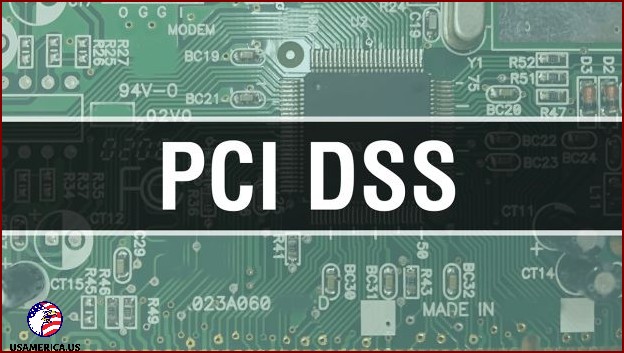
Getting Your PCI Compliance Certification
- First, let’s get familiar with PCI DSS standards.
- I’ll help you document how and where cardholder data is transmitted, processed, and stored.
- Next, we’ll do a thorough assessment of your entire system to identify any risks.
- We’ll then implement the necessary security measures, such as encryption and network segmentation.
- To ensure everything is in order, we’ll establish procedures and policies.
- If you’re a small business, it’s crucial to constantly monitor your applications, devices, and networks for any security threats.
- We’ll perform regular tests to identify any vulnerabilities or weaknesses.
- Every year, you’ll need to complete a Self-Assessment Questionnaire (SAQ) or undergo an annual audit by a Qualified Security Advisor (QSA).
- If any non-compliance issues arise, we’ll make sure to address them promptly.
As I navigate the world of payment card security, I learn that it’s crucial to keep up with PCI DSS Compliance. This means I must send compliance reports to the payment card companies and banks that I work with. By doing this, I show them that I am following the necessary security measures to protect sensitive cardholder data.
To ensure my systems are in line with compliance, I need to continually monitor them. It’s my responsibility to regularly check for any issues or vulnerabilities and make improvements where needed. This ongoing process helps me stay on top of security and keep my customers’ information safe.
I also discover that PCI certification is not a one-time thing. It needs to be renewed every year. This is important because the world of technology and security is constantly evolving. By renewing my certification annually, I can ensure that I am up to date with the latest standards and best practices.
The world of PCI DSS Compliance can be perplexing, but it’s important to stay diligent and proactive. By following these guidelines, I can demonstrate my commitment to security and protect my customers’ cardholder data.
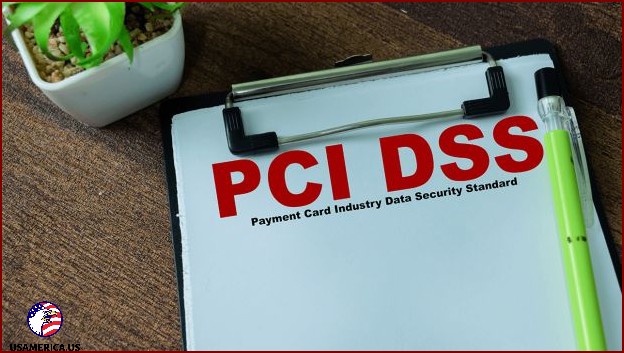
Conducting Self-Assessment and External Audits
Doing self-assessments and having external audits are both important ways to make sure we’re keeping credit card information safe and following the rules of PCI DSS.
Doing a Self-Assessment
There are different kinds of self-assessment questionnaires (SAQs) we can use. They all have a bunch of yes or no questions that ask about things like encryption and network security.
Having External Audits
Big organizations get an external audit done by a Qualified Security Assessor (QSA). These experts are certified by the PCI Security Standards Council. They can look at evidence, check documents, and talk to people to make sure everything is secure. Some can even do penetration tests and vulnerability scans.
What Happens If We Don’t Follow the PCI Standards
If I don’t follow the rules, I could get in trouble with the law, banks, and my customers. Companies like Visa might even charge me money if I don’t comply. And if there’s a security breach, I might have to pay a lot of money for an investigation.
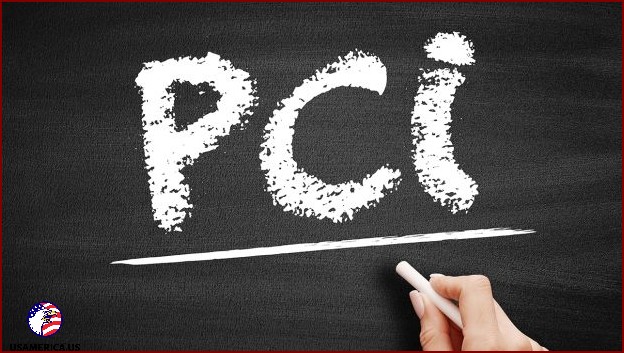
How to Keep Your Business PCI Compliant
Hi there! I want to share some important tips on maintaining PCI compliance for your business. Let’s dive right in!
Stay on Top of Security
It’s crucial to stay aware of emerging threats, so I recommend subscribing to threat intelligence services. They’ll keep you informed about the latest malicious activities that could harm your business.
Control Access with Strong Passwords
Having strong passwords is like having a virtual bouncer at the entrance of your system. It’s important to set up a strong password policy that everyone in your organization follows. Additionally, using multi-factor authentication and firewalls adds an extra layer of security.
Keep Track of User Activities
Logging mechanisms are like a detective’s notebook for your system. They help you track and analyze user activities, giving you insights into any suspicious behavior. It’s important to have robust logging mechanisms in place.
Protect Your Data with Encryption
Your customers’ data is precious and needs proper protection. Regularly rotating encryption keys adds an extra layer of security, making it harder for hackers to access sensitive information. Additionally, don’t forget to regularly test your security systems to ensure everything is working as it should.
Use Tokenization to Safeguard Credit Card Information
When you use tokenization, the credit card numbers become meaningless strings of characters. This ensures that even if someone gets hold of these tokens, they won’t be able to use them to gain access to sensitive data.
Beware of DDoS Attacks
Lastly, I want to emphasize the importance of being prepared for DDoS attacks. These can have a significant impact on your business, so it’s crucial to have measures in place to mitigate such attacks. Stay vigilant and be proactive in protecting your business!
Understanding how DDoS attacks affect businesses is really important when it comes to following the rules of PCI DSS. These attacks can cause serious problems by disrupting important systems, like the ones that handle payments. By making sure we have strong security measures in place as part of PCI compliance, we can reduce the risks associated with these attacks.
Choosing the Right Payment Processor
One of the most important things we need to do to stay PCI compliant is to pick a payment processor that follows the rules of PCI. It’s crucial to choose a processor that guarantees secure transactions and safe storage of data. This is not only necessary for compliance, but also for keeping cardholder data secure.
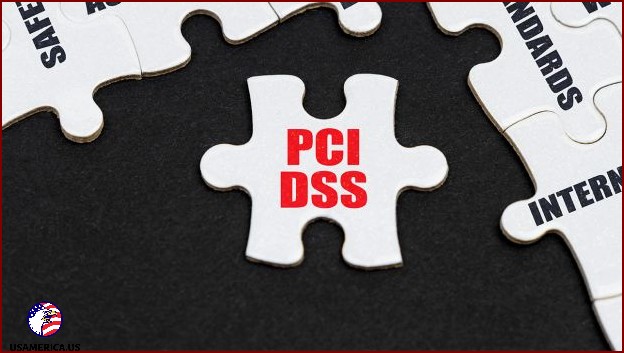
Real-Life Examples: How to Achieve PCI Compliance
Let me share with you some fascinating case studies that showcase how companies successfully maintain PCI compliance.
One company that has made significant strides in this area is Visa. They have been at the forefront of implementing and promoting a security measure called tokenization. This innovative approach effectively prevents any unauthorized access to sensitive cardholder data. By replacing actual credit card information with unique tokens, Visa ensures that even if a breach were to occur, the stolen data would be useless to hackers. It’s a smart and proactive solution that helps safeguard your financial information.
Another noteworthy example is Shopify, an online platform that provides merchants with the means to create and manage their own secure online stores. Shopify takes PCI compliance seriously, offering a secure environment that protects customer data and securely processes payments. They understand the importance of adhering to PCI DSS standards and provide the necessary tools and guidance to make sure that the stores hosted on their platform meet these requirements. When you choose Shopify, you can have peace of mind knowing that your business is operating within the highest security standards.
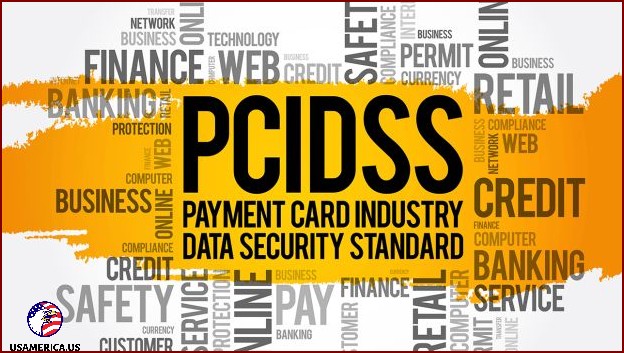
The Importance of PCI Compliance
PCI DSS standards are crucial for protecting against financial fraud and data breaches. By complying with these standards, we can ensure that our networks are constantly monitored and encrypted, providing a strong defense against cyber threats.
Not only do these standards safeguard our business, but they also play a vital role in building trust and loyalty with our customers.
Frequently Asked Questions
What does PCI Compliance mean?
PCI Compliance refers to following the Payment Card Industry Data Security Standard (PCI DSS), which is a set of security guidelines that companies must adhere to if they accept, process, store, or transmit credit card information. These standards are in place to create a secure environment for handling sensitive data.
Why is PCI Compliance so important?
Keeping your cardholder data safe from fraud and theft is really important. It helps me trust businesses and reduces the chances of someone stealing my information. That’s why PCI Compliance is so crucial.
Who needs to follow PCI Compliance?
It doesn’t matter how big or small a business is or how many transactions they do. If they handle credit cards, they need to be PCI Compliant. This includes merchants, payment gateways, processors, and service providers that store, process, or transmit credit card data.
What do I need to do for PCI Compliance?
- Make sure you have a secure network and keep it that way.
- Protect cardholder data carefully.
- Find and fix any weaknesses you might have.
- Put strong controls in place for who can access the data.
- Regularly check and try out your network to make sure it’s strong.
To make sure that I’m keeping my information safe, I need to have an information security policy. This policy helps me understand how to protect my data and keep it secure.
Moving on, let’s talk about how PCI Compliance is checked. To validate PCI Compliance, smaller merchants can fill out self-assessment questionnaires (SAQs), while larger companies need to go through an annual audit conducted by a Qualified Security Assessor (QSA). It’s important to go through these validations to ensure that we are meeting the necessary security standards.
Now, I want to dig into the consequences of not following PCI Compliance. If I don’t comply with these standards, I could face some serious problems. These consequences include fines, increased transaction fees, damage to my reputation, or even the loss of the ability to process credit card payments. So, it’s crucial to make sure I’m following the rules to avoid any negative outcomes.
Finally, let’s discuss how often I need to verify PCI Compliance. Generally, it’s required to verify compliance once a year. However, it’s important to remember that following PCI DSS standards consistently throughout the year is essential for maintaining security and compliance. It’s not just a one-time thing; it’s an ongoing process to keep our data safe and secure.
